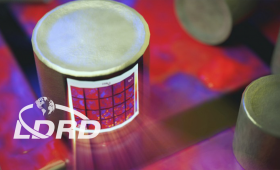Scientists are going to the microscale to study the diverse characteristics of nuclear fuel pellets that could improve nuclear forensic analysis.
Science and Technology Highlights
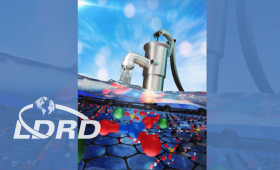
Researchers have developed a technology that can remove nitrate from water selectively.

U.S. Secretary of Energy Rick Perry and Sandy Weill, founder of the Weill Family Foundation, signed a memorandum of understanding to formally initiate a public-private partnership for artificial intelligence (AI), neurological disorders and related subjects.

An international team of researchers has developed a new algorithm for solving polynomial systems of equations using a type of quantum computer called a “quantum annealer.”
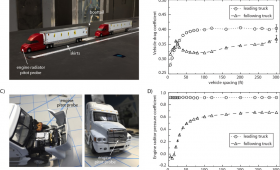
Since the late 1990s, LLNL has played a significant role in improving the fuel economy of class-8 heavy vehicles through enhanced aerodynamics.

The Department of Energy, National Nuclear Security Administration, and the Laboratory announced the signing of contracts with Cray Inc. to build the NNSA’s first exascale supercomputer, “El Capitan.”
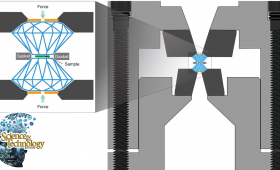
A new design for diamond anvil cells helps scientists examine materials of interest.
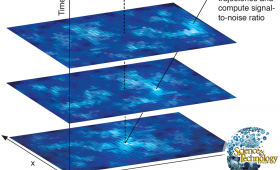
Scientists apply innovative data analysis and interpretation techniques to fundamental science research.
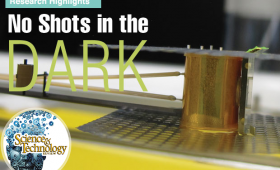
At the National Ignition Facility, a specialized team assesses the risk of damage from target debris and shrapnel dispersal during high-energy laser shots.
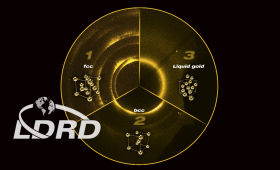
When gold is compressed rapidly over nanoseconds, the increase in pressure and temperature changes the crystalline structure to a new phase of gold.


